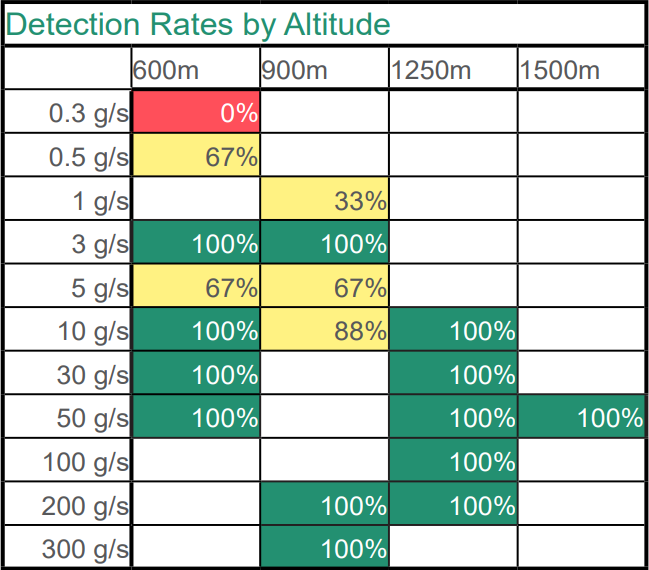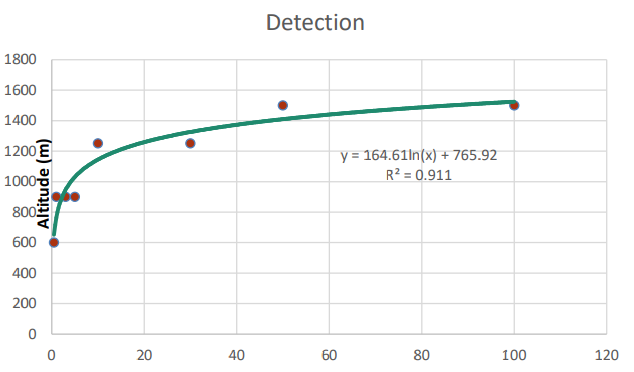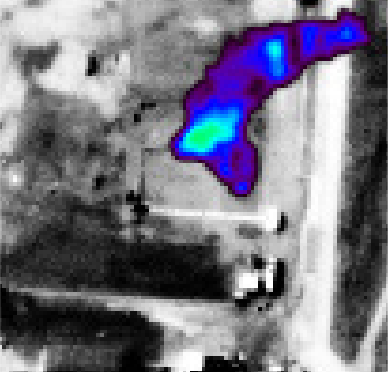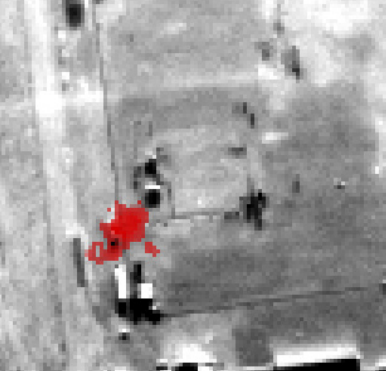
AIRBORNE GAS LEAKAGE DETECTION
Lacq Gas Fied
In mid-October 2014 Dimap successfully completed airborne trials for Total S.A. at the Lacq Gas Installation.
Methane was released in various scenarios simulating real life leaks from open ended lines, valves, connectors, corrosion holes, flanges, flares, and insulated tanks with breach sizes ranging from 0.5mm to 12mm.
The average duration of each release was only 5 minutes with flow rates ranging from 0.3g/s to 300g/s at a pressure of 10 bar.

Flying our Hypercam Methane for multiple passes at 110 knots and at altitudes from 600m to 1500m Dimap was able to detect an impressive 81% of all leaks with a 95% detection rate above 3g/s, and a 99% detection rate of leaks 10g/s and over.

Dimap’s method of gas leak detection utilizes airborne thermal hyperspectral sensors using a FourierTransform-Spectrometer in the thermal range to identify the location of methane absorptions and providing a concentration map.
The instrument can be installed in a helicopter or a fixed wing aircraft. Data is preferably collected during favourable weather conditions regardless of night or day. Clear skies, low humidity and low wind speeds are optimal weather conditions.


Scenarios requiring detection of methane leakages:
Safety – Dimap can help find dangerous leaks from damaged pipelines or equipment for the health of workers, the local population and environment.
Efficiency – Fugitive emissions have considerable financial implications as money is literally pouring through undetected leaks.
Compliance – Inspection, infringement checking and regular reporting are required in most jurisdictions. Use of our aerial leak detection services can help your existing ground crews find problem areas immediately.
Deliverables to Client
1) A report identifying leakages with co-ordinates and pictures, illustrating the detected methane plumes directly after the flight.
2) Rectified thermal data and detection results suitable for implementation into a CAD or GIS based management system without any further inspection.
3) High resolution Orthorectified aerial photography which can be used to analyse encroachment into pipeline corridors by buildings, agricultural activities, and large vegetation.
